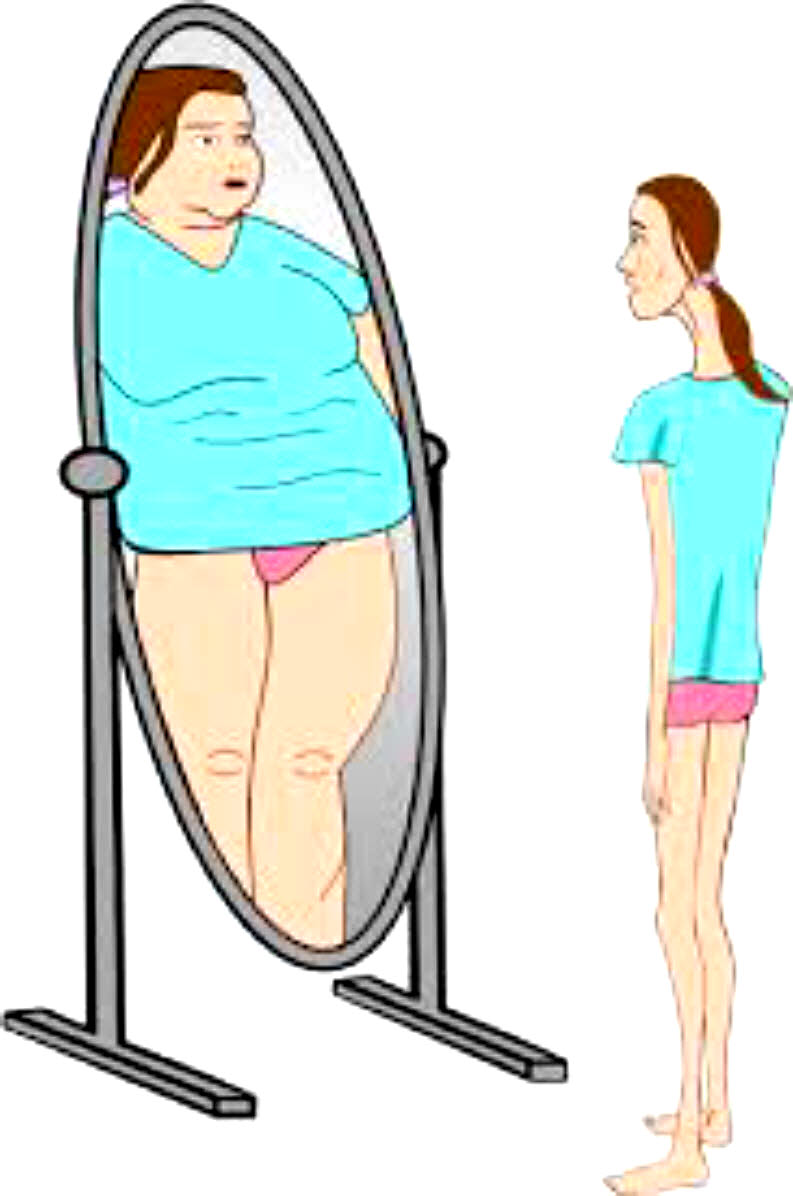James Donaldson notes:
Welcome to the “next chapter” of my life… being a voice and an advocate for mental health awareness and suicide prevention, especially pertaining to our younger generation of students and student-athletes.
Getting men to speak up and reach out for help and assistance is one of my passions. Us men need to not suffer in silence or drown our sorrows in alcohol, hang out at bars and strip joints, or get involved with drug use.
Having gone through a recent bout of depression and suicidal thoughts myself, I realize now, that I can make a huge difference in the lives of so many by sharing my story, and by sharing various resources I come across as I work in this space. http://bit.ly/JamesMentalHealthArticle

(Reuters Health) – Suicide rates are rising among U.S. workers, and the risk may depend partly on the types of jobs people do, government researchers suggest.
From 2000 to 2016, the U.S. suicide rate among adults ages 16 to 64 rose 34 percent, from 12.9 deaths for every 100,000 people in the population to 17.3 per 100,000, according to the study by the Centers for Disease Control and Prevention (CDC).
The highest suicide rate among men was for workers in construction and mining jobs, with 43.6 deaths for every 100,000 workers in 2012 and 53.2 deaths per 100,000 in 2015, the analysis found.
The highest suicide rate among women was for workers in arts, design, entertainment, sports and media, with 11.7 fatalities for every 100,000 workers in 2012 and 15.6 deaths per 100,000 in 2015.
“Since most adults spend a great deal of their time at work, the workplace is an important and underutilized venue for suicide prevention,” said study co-author Deborah Stone, a behavioral scientist at the CDC in Atlanta.
While the study wasn’t designed to prove whether or how specific types of jobs or workplace characteristics might contribute to the risk of suicide, lack of control over employment and a lack of job security can both be stressors that make suicide more likely, Stone said by email.
Many factors outside the workplace can also influence the risk of suicide, including relationship problems, substance use, physical or mental health, finances or legal problems, Stone added.
And ready access to guns and other weapons have a big impact on whether suicidal thoughts turn into actions with fatal outcomes, Stone said.
Guns may explain the higher suicide rates among men than among women, said Gary Namie, director of the Workplace Bullying Institute in Boise, Idaho.
“In America, with ready access to guns, men make the choice of death by gun, but it is the less likely choice by females,” Namie, who wasn’t involved in the study, said by email. “Hence, it is possible that in moments of despair that might pass if friends or family could intervene, with a gun handy, the decision is too quickly implemented.”
To assess suicide rates by occupation, the CDC examined data collected from 17 states in 2012 and 2015; the results are not representative of the nation as a whole. The results were published in the CDC’s Morbidity and Mortality Weekly Report.
Although arts, design, entertainment, sports and media had the highest suicide rates among women, this category saw the biggest increase in suicide rate among men during the study. For women, the biggest increase in suicide rates was in the food service industry.
One limitation of the study is that it didn’t examine suicide methods. It also excluded two groups of Americans that typically have stressors that can increase their risk of suicide: military veterans and unemployed people.
Even so, the results suggest that employers can play a role in suicide prevention by offering worksite wellness programs, encouraging use of behavioral and mental health services, and training workers in the warning signs of suicide and how to respond, Stone said.
Promoting social interaction rather than isolation in daily tasks on the job may also help with suicide prevention, along with creating a workplace culture of inclusion that does not allow for abusive conduct or bullying, Namie said.
“The road to suicide begins with one employee mounting an inexplicable systematic campaign of interpersonal destruction against another employee,” Namie said. “Bullying is the most preventable predictor of suicide.”
People having suicidal thoughts or observing suicidal behavior in a co-worker or loved one can call for help: 1-800-273-8255 (TALK).



